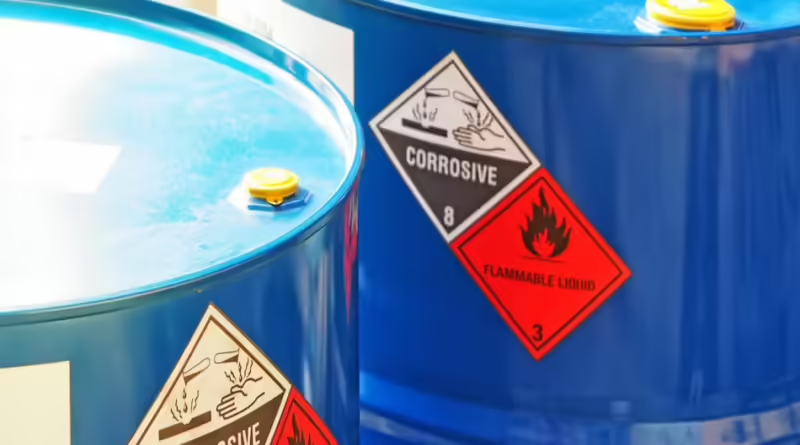Hazard communication (HAZCOM) is an important standard, and OSHA requirement, that centers around an employee’s awareness of the safety hazards that come with the chemicals they may be working with.
That is why it is important for all companies to implement a HAZCOM program. This is to ensure all employees stay safe when working with hazardous chemicals. When implementing your HAZCOM program, these are the five important components to understand:
- Maintain a chemical inventory: It is key to create a chemical database for your company, and keeping it regularly updated. You can do this manually or online. There are multiple online platforms available to effectively track and manage chemicals while supporting broader safety initiatives.
- Obtain and maintain safety data sheets (SDSs): An SDS is the source of truth when it comes to any hazardous chemical. By providing information on properties, handling, and emergency measures employees always know what they’re dealing with. These should be easy to access and should be readily available through a digital platform.
- Use labels: All containers should be labeled with proper hazard warnings, such as signal words (e.g. Warning, Danger), precautionary and hazard statements, product identifiers, and the name and contact information for the manufacturer.
- Conduct training programs: All employees, current and new, should be trained on HAZCOM. OSHA provides training materials that can be used for these sessions.
- Provide a written version of your HAZCOM program: In addition to ensuring everyone is properly trained in your program, it is important to have a written version of the procedures above for employees to reference. OSHA also offers templates that simplify the process of creating a written version.
By completing these steps, you are actively ensuring your business operates with maximum safety and efficiency.
Kevin Kolhonen, Health and Safety Manager
Understanding Hazard Communication and How to Implement a HAZCOM Program
